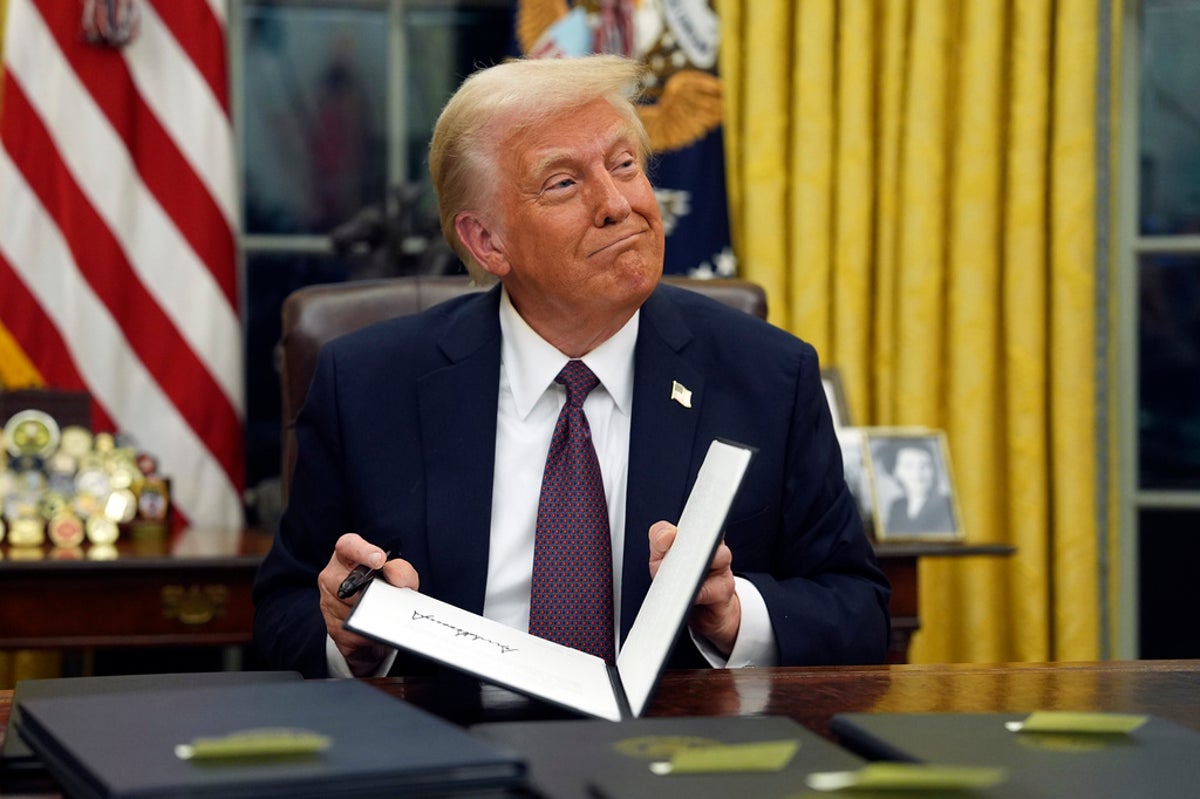
Department of Homeland Security employees have been ordered back to the office as the agency follows through with new President Donald Trump’s executive order and ahead of his expected mass deportations of illegal migrants.
In a memo shortly after the inauguration, Acting DHS Secretary Benjamine Huffman said the amount of hours being spent in the office throughout the agency was “unacceptable.” He cited how 28.9 percent of total hours worked by the Federal Emergency Management Agency, 24.4 percent of hours worked by U.S. Coast Guard personnel and 39.7 percent of hours for the Cyber Security and Infrastructure Security Agency were done in the office, according to an internal memo seen by ABC News.
"These numbers are unacceptable. It is the policy of this agency for employees to work at their duty station – whether in an office or in the field – to the maximum extent", Huffman said.
He also told employees that each component of the DHS would need to file a report on officials who had not returned to work within 30 days, reported ABC.
Workers would have to provide adequate documentation justifying the reasons to continue remote working.
Huffman wrote in the memo: "Reasons might include lack of adequate office space, physical inability of the employee or a legal impediment.”
The decision to call workers back comes in tandem with Trump’s order that federal workers should return to work and that he would crack down on immigration by declaring a national emergency at the borders and instigating mass deportations in U.S. cities. U.S. Immigration and Customs Enforcement falls under the DHS umbrella.
Trump signed several immigration-related executive orders Monday to commence a mass deportation process. The stark list of orders included ending birthright citizenship – a Constitutional right, declaring a national emergency at the U.S.– Mexico border, reinstating the “remain in Mexico” policy, freezing asylum claims, and shutting down the migrant entry app CBP One.
He also pledged to intensify deportation pressure by increasing the presence of the armed forces and National Guard at the borders “to assist existing law enforcement personnel.”







